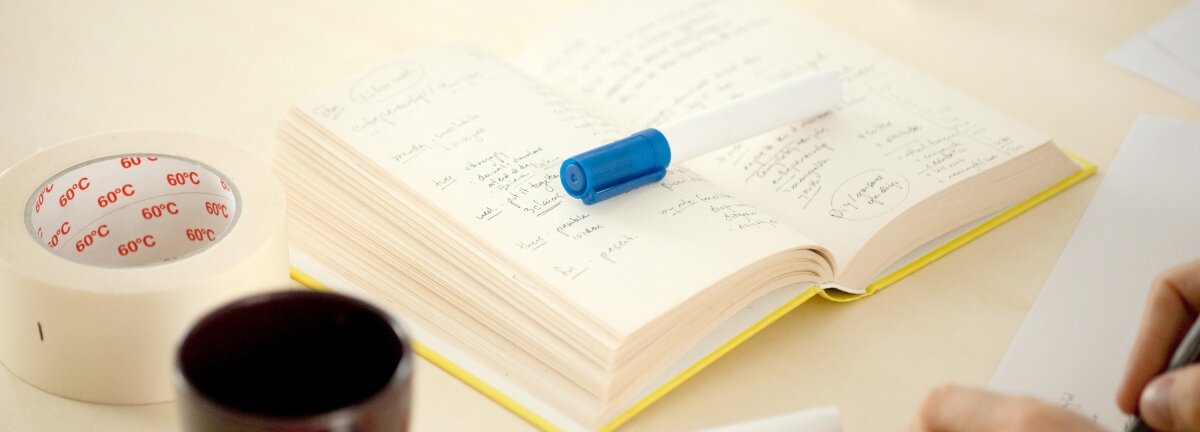Announcing three new fully-funded design research fellowships

We were delighted to hear that the Arts & Humanities Research Council and the Economic & Social Research Council are together creating three new design research fellowships.
These fellowships offer researchers up to a year’s funding to work full-time embedded in public sector organisations that are putting design principles into practice. The three researchers will be based at the Design Council, the Cabinet Office Open Policy Making team and Skills Development Scotland respectively.
Applications for the fellowships are now open and run until 24 April 2014, we look forward to welcoming our first research fellow in this autumn.
The role of our new design research fellow
We will be working with our researcher to define a 6-12 month project. This could focus on a key area such as design methods in policy making, or scaling up design work in government. It could also be a broader mapping study on where design has been used in government, or look at measurement methods, whether qualitative or quantitative.
Design is one of the AHRC’s priority areas and these fellowships will help identify the best measures for design work in government as well as gathering evidence required by policy makers and civil servants.
The fellowships and the wider AHRC programme are important because one of the most common critiques of design work in the public sector is a lack of robust evidence on social, organisational or economic impacts. Whilst good case studies exist, there is also relatively little by way of a general overview on where design has been used i.e. How many UK local authorities in the have used design? In which service or policy area is this most common? Which methods, and at what point, is design useful in the development of a new service or system?
Research at the Design Council
As the Design Council is both a practitioner and advocate for design in government, evidence of impact is crucial for us. We routinely measure return on investment of our own programmes and contribute to wider reports explaining the concept of design in the public sector, for example our recent A&E Design Challenge evaluation and Design for Public Good reports.
A&E Design Challenge evaluation report launch
Resources pulling together different types of design methods are also extremely valuable, the LUMA Institute’s Taxonomy of Innovation is a good example which takes 36 common design tools and orders them for different stages of the innovation process. An interactive version was recently featured in the Harvard Business Review.
The government’s need for design research
As interest in design moves up to more strategic levels in government, there’s a greater need for the kind of evidence and advice useful to policy makers. There are some good lessons in this excellent piece by Chris Tyler from the Parliamentary Office for Science and Technology on the relationship between scientific evidence and policy.
The lack of evidence in this area is partly due to how new the wider use of design within the public sector is. But few with budgetary and decision-making powers are going to invest resources in design if outcomes can’t be measured. For the use of design to become more prevalent, its advocates and practitioners need to develop better mechanisms for measuring impact. We’re hopeful these three new fellowships can play a part in addressing this.
You can find out more about how to apply for the fellowships on the AHRC website.
Subscribe to our newsletter
Want to keep up with the latest from the Design Council?
